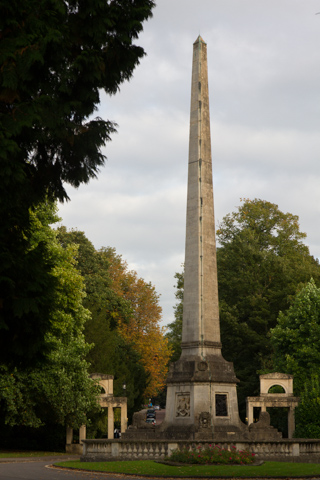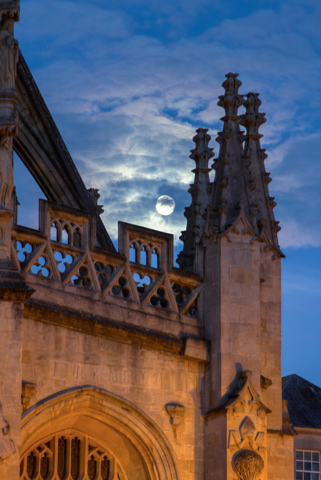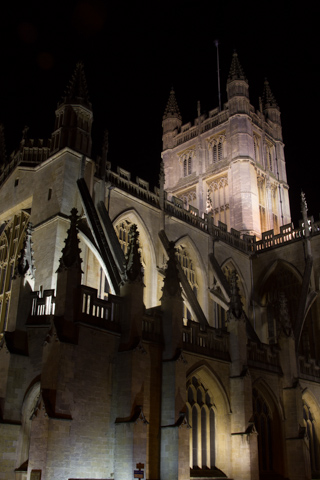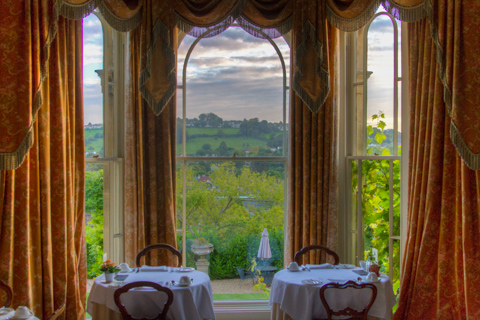
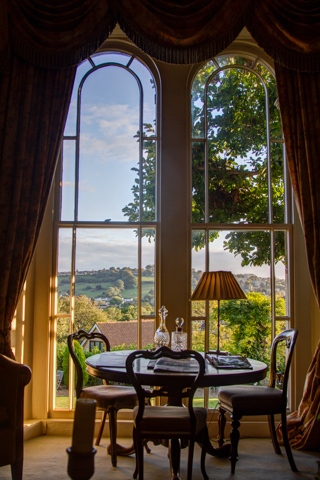
An elegant Georgian Country House built in 1830 by the Duke of Wellington and set in its own charming garden. The interior includes many period features and the house is furnished with fine antiques and original oil paintings.
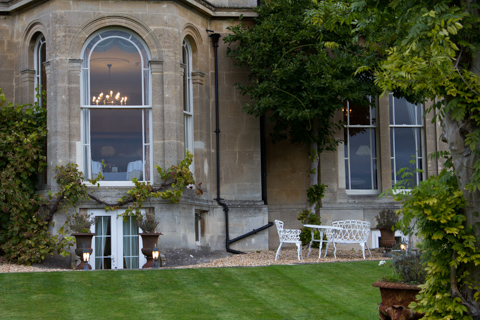
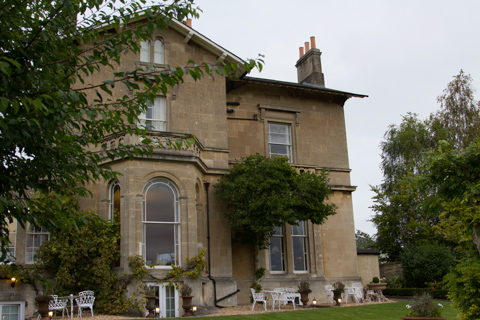
Highly recommend the Apsley House if you are headed to Bath - you will not be disappointed.

Founded in the 7th century, Bath Abbey was reorganized in the 10th century and rebuilt in the 12th and 16th centuries; major restoration work was carried out in the 1860s. It is one of the largest examples of perpendicular Gothic architecture.

The half-finished cathedral was devastated by fire in 1137, but work continued until about 1156. The completed building was approximately 330 feet long. There were 40 monks on the roll in 1206. Bath Cathedral gradually fell into disrepair. By 1485 the priory had 22 monks.
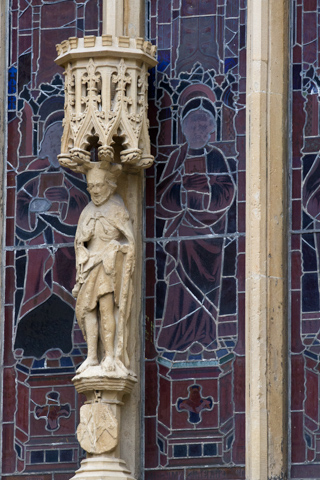
The west front, which was originally constructed in 1520, has a large arched window and detailed carvings. During the 1990s a major restoration and cleaning work were carried out on the exterior stonework returning it to the yellow color hidden under centuries of dirt.
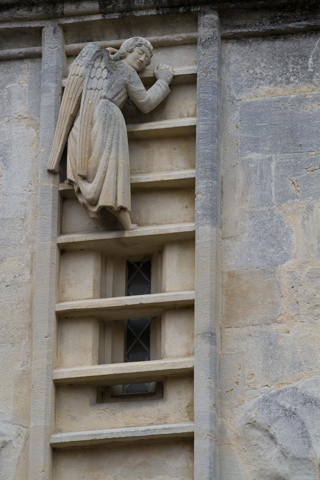


This is a support near one of the Roman Baths - or where the hot water rushes up to the spas.
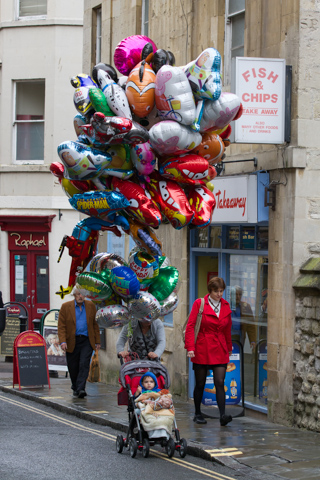
While we were looking around and learning about the hospital, this woman came up the street.
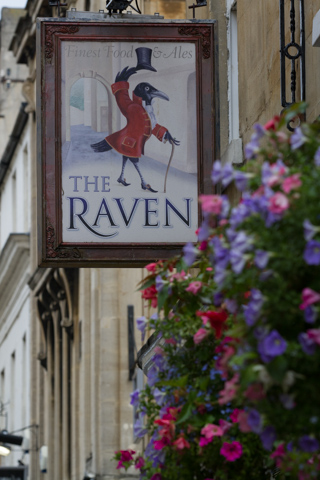
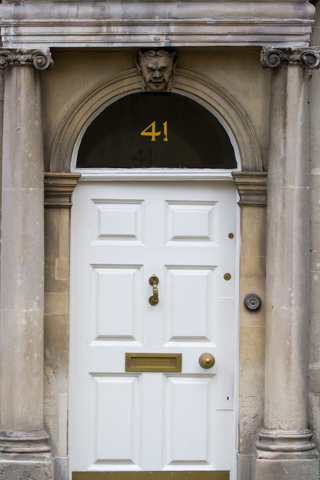
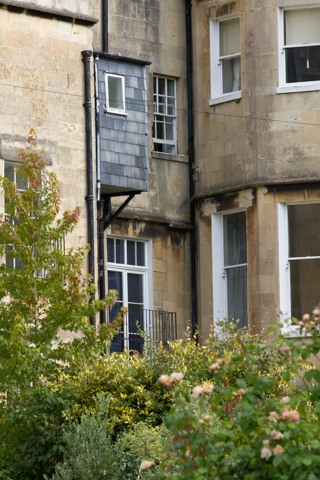
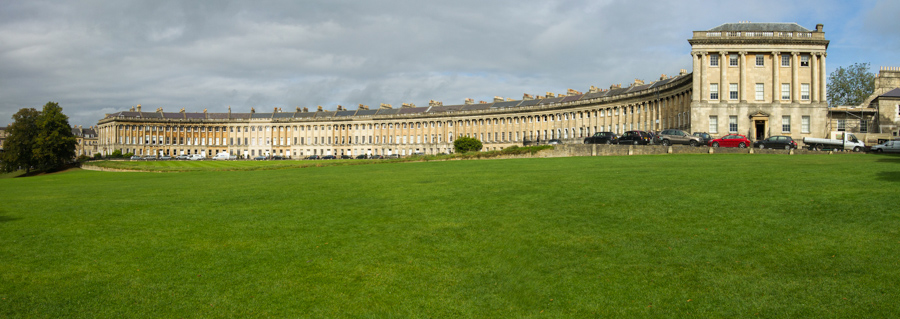
The Royal Crescent is a street of 30 terraced houses laid out in a sweeping crescent. Designed by the architect John Wood the Younger and built between 1767 and 1774, it is among the greatest examples of Georgian architecture.
John Wood designed the great curved fa�ade with Ionic columns on a rusticated first floor. The 114 columns are 30 inches in diameter. The central house (now the Royal Crescent Hotel) boasts two sets of coupled columns.

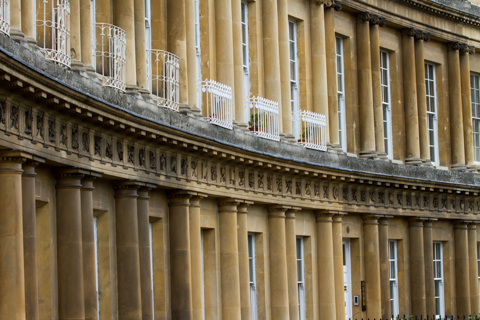

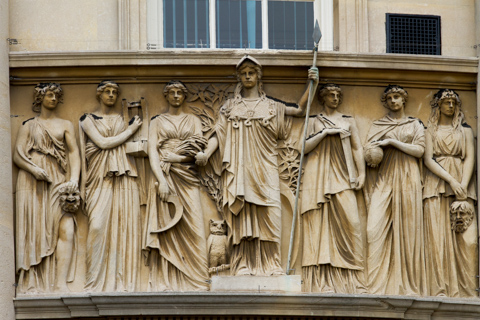
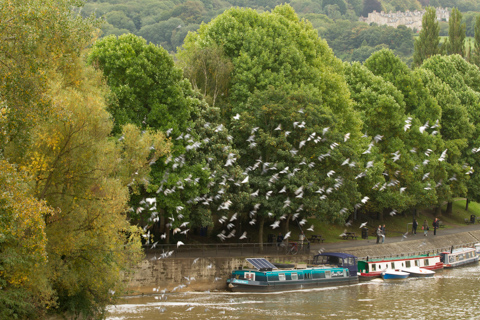

We had an afternoon coffee and chocolate croissant in the first shop on the left.
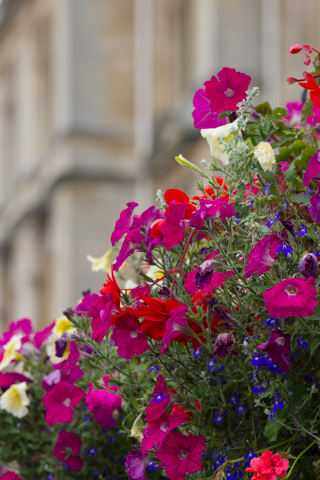

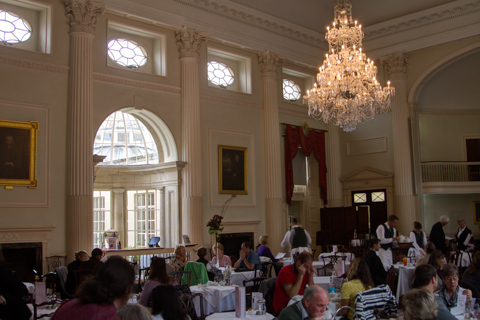
It is the place to go for afternoon tea, which is quite a meal.

You can also grab a glass of the spring water - which must be treated as it was not that bad to drink.
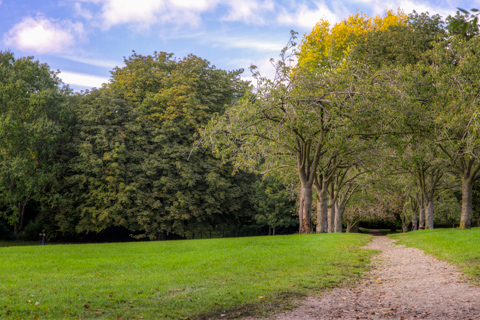
The Park was created in 1829 and formally opened in 1830. It was named after Princess Victoria when she was 11, (the first ever park to carry her name) visiting Bath at the time.
